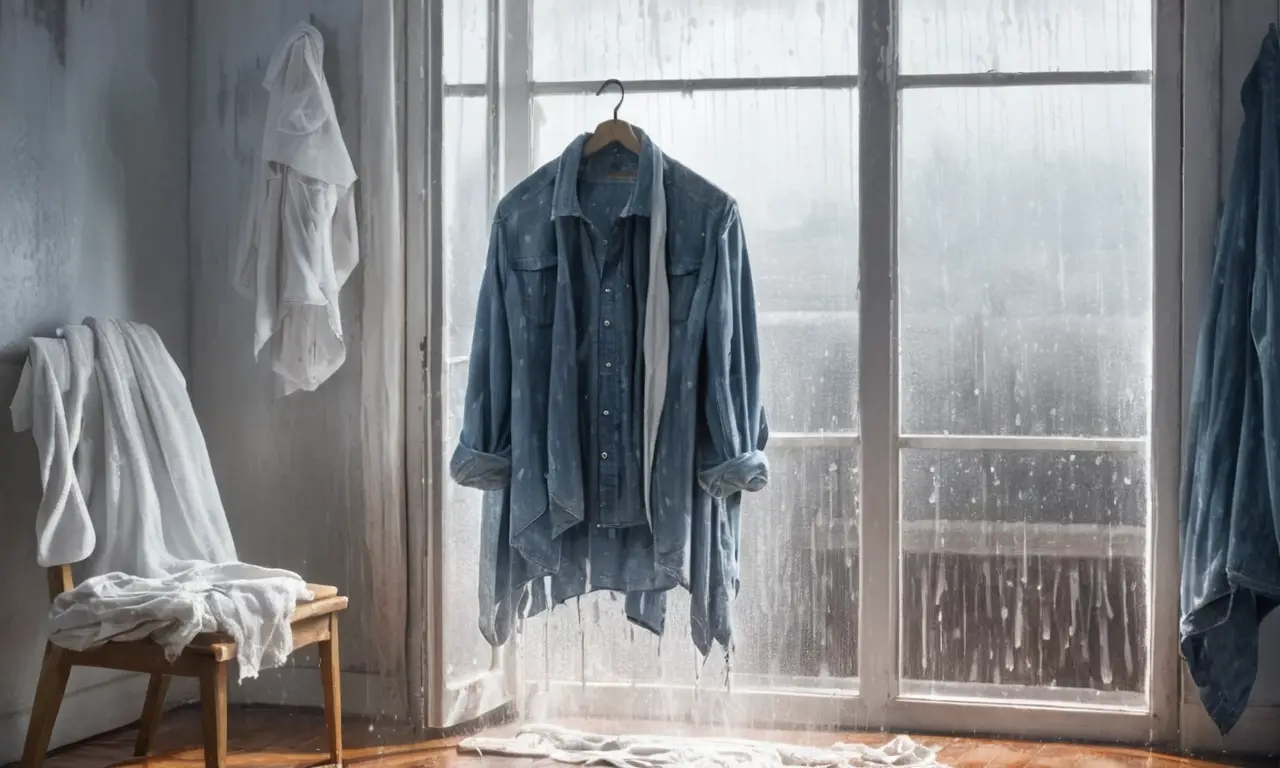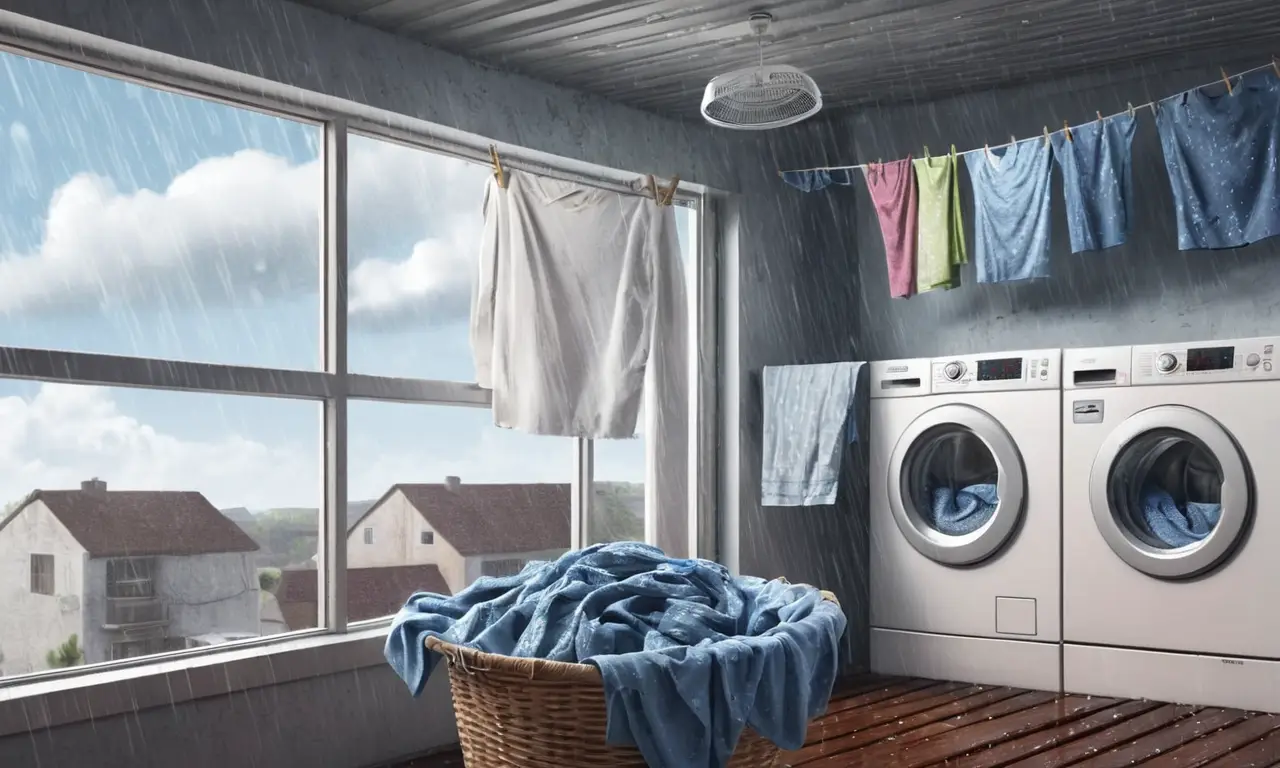There’s nothing more frustrating than pulling clothes out of the dryer only to find they are still damp. It can disrupt your schedule, leave you feeling cold and uncomfortable, and even lead to musty odors in your laundry. This article will delve into the common reasons behind clothes still damp after drying and provide practical solutions to help you get perfectly dry laundry every time.
This guide will explore the potential causes of this issue, from simple clogs to more complex mechanical problems. We’ll also offer step-by-step instructions on how to diagnose and fix these issues, empowering you to take control of your laundry routine and banish dryer leaving clothes damp for good.
Why Are Clothes Still Wet After Drying?

When your dryer fails to effectively remove moisture from your clothes, it can be due to a variety of factors. The most common culprits are related to airflow, heating efficiency, or the way you load your dryer. Understanding these underlying issues is crucial for identifying the specific problem and implementing the right solution.
One of the primary functions of a dryer is to circulate hot air through the drum, evaporating moisture from your clothes. If this airflow is restricted or disrupted, your clothes won’t dry properly. Similarly, if the heating element isn’t functioning correctly, the air won’t reach the necessary temperature to effectively evaporate water. Finally, overloading the dryer can prevent proper air circulation and hinder the drying process.
Common Causes of Damp Clothes

Let’s break down some of the most frequent reasons why your clothes might be coming out damp from the dryer:
Clogged Dryer Vent
A clogged dryer vent is a major culprit behind clothes still wet after drying. Lint buildup in the vent restricts airflow, preventing hot air from reaching your clothes and hindering moisture evaporation. Over time, this can lead to inefficient drying cycles and even pose a fire hazard.
Regularly cleaning your dryer vent is essential for maintaining optimal dryer performance. You should aim to clean it at least once every three months, or more frequently if you use your dryer heavily.
Overloaded Dryer Drum
Overloading the dryer drum is another common cause of damp clothes. When too many clothes are crammed into the drum, they prevent proper air circulation. This restricts airflow and prevents hot air from reaching all areas of the load, leading to incomplete drying.
To avoid overloading your dryer, follow the manufacturer’s recommended capacity guidelines. Generally, it’s best to leave some space between items in the drum to allow for adequate air movement.
Malfunctioning Heating Element
The heating element is responsible for generating the hot air that dries your clothes. If this element malfunctions or fails, your dryer won’t be able to reach the necessary temperatures for effective drying. This can result in why are my clothes still wet after drying even after a full cycle.
A malfunctioning heating element often requires professional repair. If you suspect this is the issue, it’s best to contact a qualified appliance technician for diagnosis and repair.
Conclusion
Dealing with damp clothes from the dryer can be a frustrating experience, but understanding the common causes and implementing simple solutions can help you get perfectly dry laundry every time. By regularly cleaning your dryer vent, avoiding overloading the drum, and addressing any potential heating element issues, you can ensure your dryer operates efficiently and effectively. Remember to consult your dryer’s manual for specific care instructions and troubleshooting tips.
